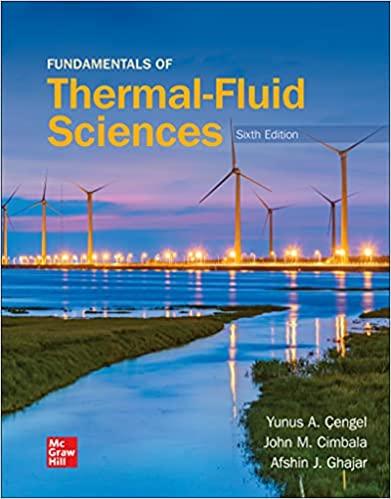Question
1) Which one of the following makes the semi-autogenous grinding mills (SAG) distinctly different from the rod mills? a) Volume due to their diameters and
1) Which one of the following makes the semi-autogenous grinding mills (SAG) distinctly different
from the rod mills?
a) Volume due to their diameters and lengths
b) The feed size distribution of the ore
c) The grinding media
d) Tonnage (tonne/h)
e) All of the above
2) Which one of the following applications of the dense media separation unit operation is not expected to work efficiently?
a) Diamond recovery from kimberlite ores
b) Clean coal recovery from clay/ash minerals
c) Calcite/quartz/rock rejection from a galena-sphalerite ore
d) Pyrite rejection from chalcopyrite concentrate after regrinding
e) None of the above
3) Which of the following gravity separation devices is more efficient for the recovery of heavy minerals in the fine particles size range?
a) Mineral jigs
b) Knelson concentrator
c) Humphrey spirals
d) Shaking table
e) None of the above
4) Which one of the reagents in mineral processing can act as a prerequisite in differential flotation
of sulphide minerals?
a) Sulphuric acid
b) Frother
c) Depressant
d) Collector
e) None of the above
5) Which one of the following features applies to counter current decantation thickeners in minerals/metallurgical operations?
a) Separation of dissolved metals from one another
b) Preparing the feed for magnetic separation
c) Separation of particles according to shape
d) Densification of slurries
e) All of the above
Step by Step Solution
There are 3 Steps involved in it
Step: 1

Get Instant Access to Expert-Tailored Solutions
See step-by-step solutions with expert insights and AI powered tools for academic success
Step: 2

Step: 3

Ace Your Homework with AI
Get the answers you need in no time with our AI-driven, step-by-step assistance
Get Started


